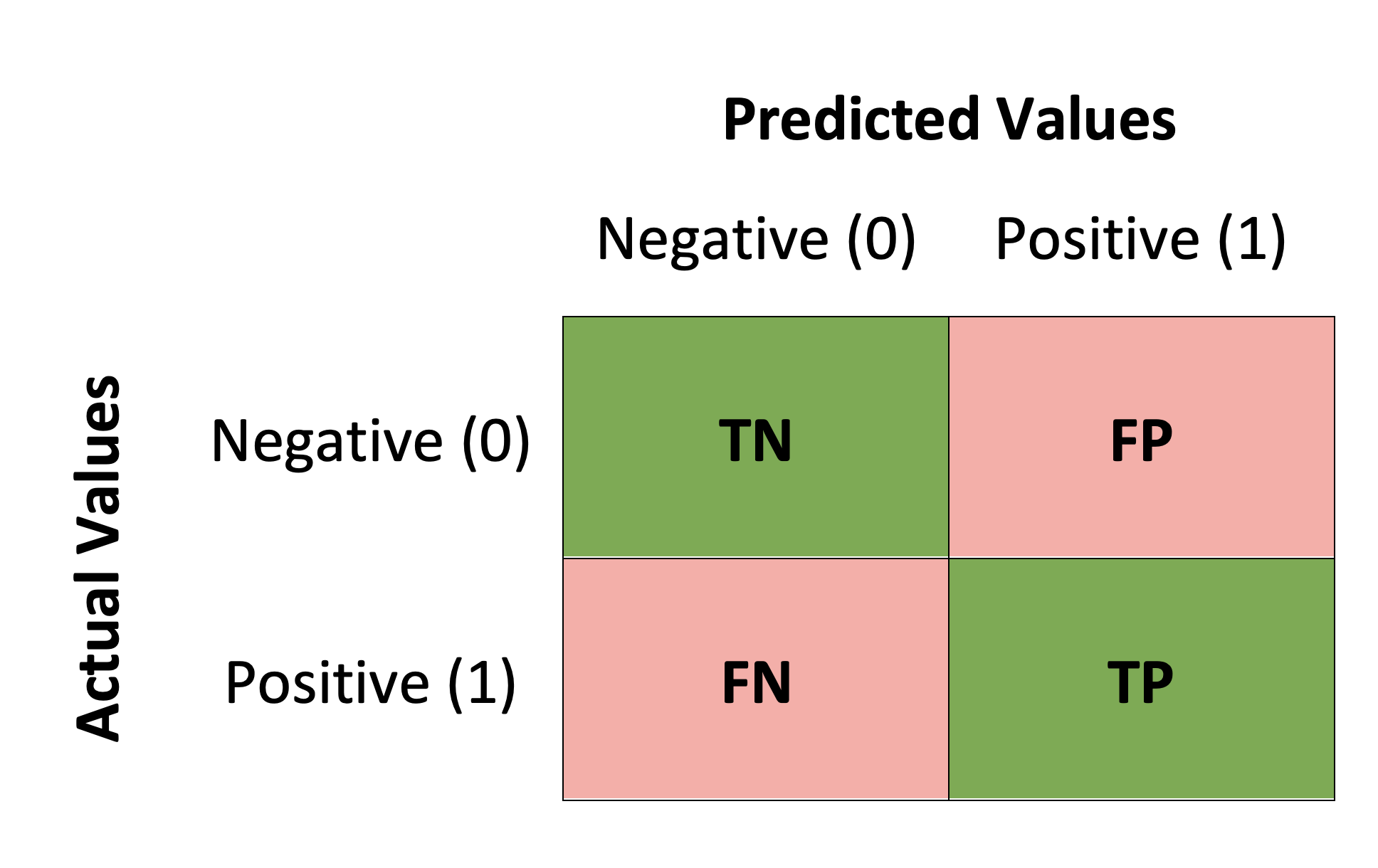第 9 周分类和隆起
Summary 摘要
Logistic regression 逻辑回归
Equation for logistic regression
逻辑回归公式
Logistic regression with sklearn
使用 sklearn 进行逻辑回归
Build the model 建立模型
[]
.intercept_
[ ].intercept_[[, ...., ]]
.coef_
[[ , ...., ]].coef_
Classification metrics 分类指标
from sklearn.metrics import confusion_matrix 混淆矩阵(true_classes、predicted_classes)
from sklearn.metrics import confusion_matrix 混淆矩阵(true_classes、predicted_classes)

Customer types 客户类型
Sure things: customers that will achieve the campaign goal with certainty
有把握的客户:能确保实现活动目标的客户Persuadables: customers that will respond to the campaign if the are treated e.g. sent a message about a promotion
可被说服的客户:如果受到对待,例如收到促销信息,就会对活动做出回应的客户Lost causes: the opposite of "Sure things" in that they will not respond to the campaign regardless of whether they are treated
失落的原因:与 "肯定的事情 "相反,无论是否对其进行治疗,它们都不会对活动做出反应Sleeping dogs: customers who will not achieve the campaign goal if treated so they respond negatively to treatment
睡狗:如果对其进行处理,他们将无法实现活动目标,因此他们会对处理做出消极反应
Note: treatment here refers to a customer being targeted with the campaign
注:此处的 "处理 "是指营销活动的目标客户
Uplift modelling 上升模型
Control models calculate the probability that a customer naturally achieves the goal of the marketing campaign.
控制模型计算客户自然实现营销活动目标的概率。
Treatment models calculate the probability that a customer achieves the goal of the marketing campaign after the customer shown the marketing material i.e. treated.
治疗模型计算的是客户在观看营销材料(即接受治疗)后实现营销活动目标的概率。
Uplift is defined as the following:
上浮的定义如下: